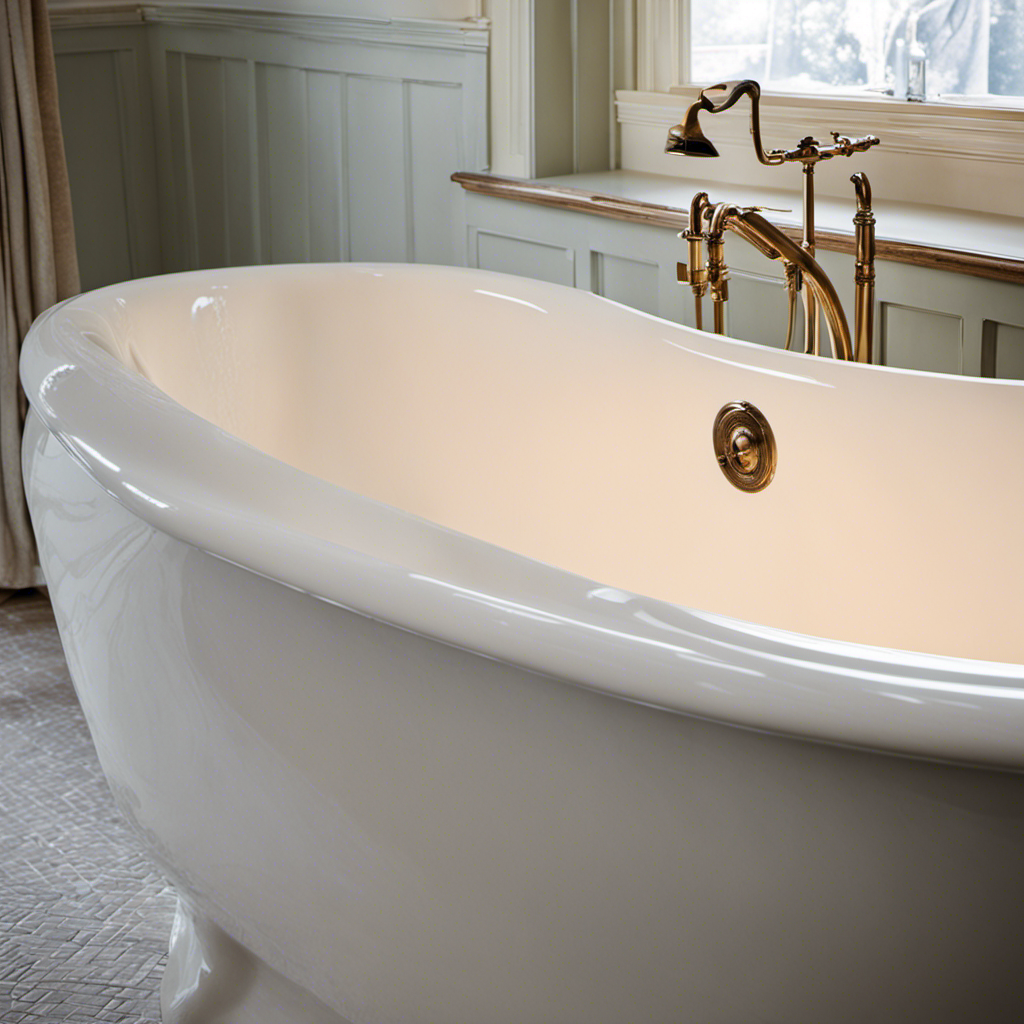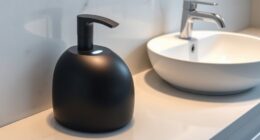Were you aware that only 10% of Americans utilize bidets in their bathrooms? This statistic is quite astonishing given the numerous advantages that bidets provide.
In this article, we will explore the reasons behind this cultural phenomenon. From historical influences to misconceptions, we will uncover the factors that contribute to the lack of bidet usage in American homes.
Join us as we delve into the world of bidets and discover why they remain a rarity in the United States.
Key Takeaways
- Americans primarily use toilet paper for personal hygiene after using the toilet, and bidets are not as prevalent in American households.
- Lack of exposure and familiarity with bidets in American culture, as they are not commonly found in public restrooms or households.
- Cultural habits and personal preferences shape Americans’ reluctance to embrace bidets, as they have a preference for the convenience and simplicity of toilet paper.
- Misconceptions and skepticism surrounding bidets, including the perception of bidets as an expensive luxury item and the association of bidets with European or Asian cultures.
Cultural Factors and Bathroom Habits
One of the main cultural factors that contribute to Americans’ reluctance to use bidets is our long-standing bathroom habits. In the United States, toilet paper is the primary method for personal hygiene after using the toilet. This preference for toilet paper alternatives is deeply ingrained in our culture and has become the norm for many Americans.

Bidets, on the other hand, aren’t as prevalent in American households. This cultural preference can be attributed to a variety of factors, including the lack of exposure and familiarity with bidets, as well as a preference for the convenience and simplicity of toilet paper.
While bidets offer a more hygienic and environmentally-friendly option, cultural habits and personal preferences continue to shape Americans’ reluctance to embrace this alternative method for cleanliness.
Historical Influences and Societal Norms
Now let’s delve into the historical influences and societal norms that have shaped Americans’ aversion to using bidets.
One major factor is the influence of advertising. In the early 20th century, bidets were largely seen as a luxury item and were marketed as such. Advertisements portrayed bidets as extravagant and unnecessary, targeting a consumer base that prioritized cost-effectiveness and practicality. This messaging contributed to the perception that bidets were only for the wealthy and not a necessity for everyday hygiene.
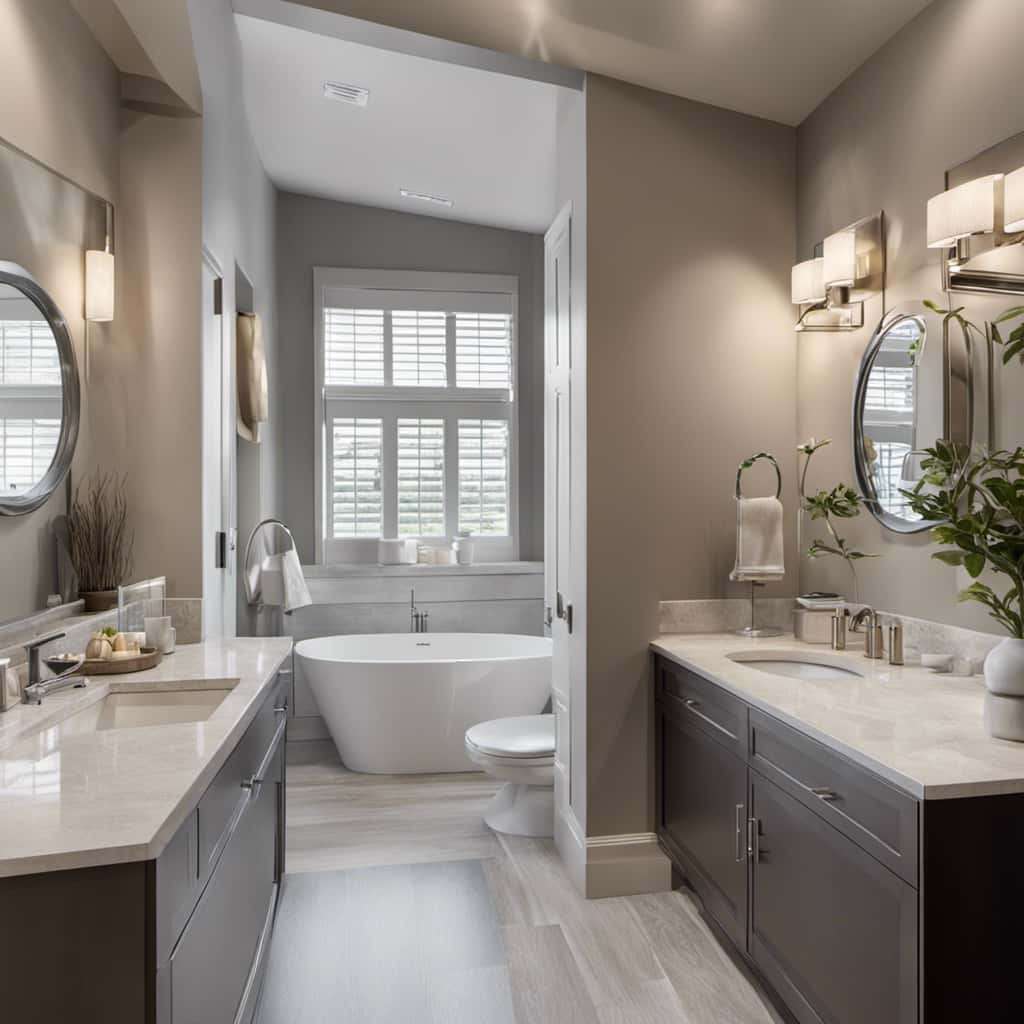
Additionally, economic considerations played a role in Americans’ aversion to bidets. The cost of installing and maintaining bidets in every household was seen as too expensive, especially when alternative methods were readily available.
These historical influences, combined with societal norms surrounding personal hygiene and bathroom habits, have contributed to the limited adoption of bidets in the United States.
Lack of Accessibility and Familiarity
Despite the lack of accessibility and familiarity, we’ve yet to fully embrace bidets in the United States. The barrier to adoption stems from a lack of education and understanding of bidets. Here are four reasons why bidets aren’t widely used in America:
- Limited availability: Bidets aren’t commonly found in public restrooms or households, making them less accessible to the general population.
- Cultural unfamiliarity: Americans aren’t accustomed to bidets as they haven’t been a part of our hygiene practices for centuries like in other countries.
- Misconceptions: There’s a lack of awareness regarding the benefits and proper usage of bidets, leading to skepticism and hesitation.
- Cost considerations: Bidets can be perceived as an expensive addition to bathrooms, deterring many from considering their installation.
To fully embrace bidets, we need to overcome these barriers through education and increasing accessibility.
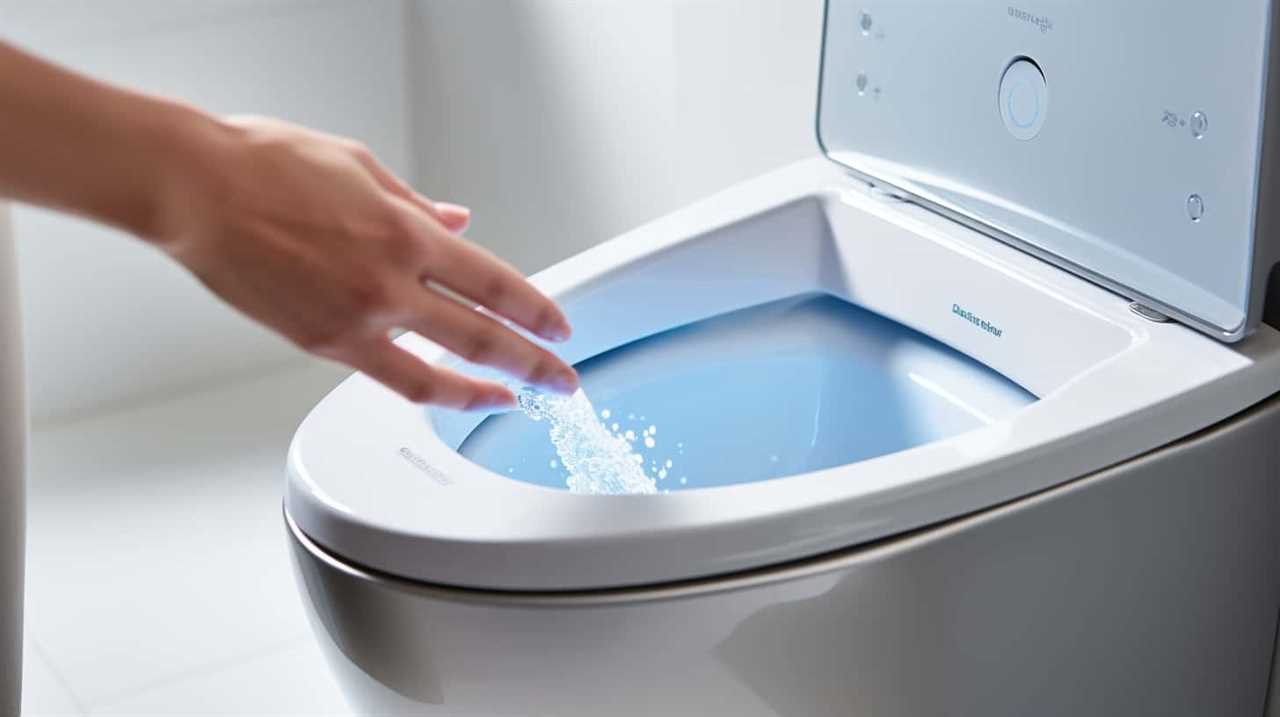
Misconceptions and Myths Surrounding Bidets
Let’s address some of the misconceptions and myths surrounding bidets.
One common misconception is that bidets aren’t popular in the American market. However, bidet market trends show a significant increase in demand in recent years.
Another misconception is that bidet installation is challenging and requires extensive plumbing work. In reality, there are various types of bidets available, including portable bidet attachments that can be easily installed on existing toilets without the need for major renovations. Additionally, bidet manufacturers have made installation instructions user-friendly, making it accessible for most homeowners.
Understanding these misconceptions can help dispel any doubts or reservations about bidets.

Now let’s explore the potential benefits for hygiene and sustainability.
Potential Benefits for Hygiene and Sustainability
As we continue to explore the misconceptions and benefits surrounding bidets, it’s important to consider the potential advantages they offer in terms of hygiene and sustainability.
Bidets have numerous health benefits, including improved cleanliness and reduced risk of infections. By using water to cleanse, bidets provide a more thorough and gentle cleaning experience compared to toilet paper. Additionally, bidets can help alleviate discomfort associated with conditions like hemorrhoids or urinary tract infections.
In terms of sustainability, bidets have a positive environmental impact. They significantly reduce the amount of toilet paper used, which in turn reduces deforestation and water usage. Furthermore, bidets eliminate the need for disposable wipes, which are non-biodegradable and contribute to pollution.

By incorporating bidets into our daily routines, we can contribute to a more sustainable future and reduce our ecological footprint.
Frequently Asked Questions
Are Bidets Only Used for Cleaning After Using the Bathroom?
Yes, bidets are primarily used for cleaning after using the bathroom. However, they also offer additional benefits such as improved hygiene, reduced toilet paper usage, and a more gentle and soothing experience compared to bidet alternatives.
Are Bidets More Common in Certain Regions of the United States?
Regional preferences and cultural differences play a role in bidet usage in the United States. Bidets are more common in certain regions due to cultural influences and personal preferences, explaining why Americans don’t universally use bidets.
How Do Bidets Work and How Are They Different From Regular Toilets?
Bidets, an alternative to regular toilets, offer numerous advantages. They provide a more thorough and hygienic cleaning experience, reducing the need for toilet paper. Bidets work by spraying water for cleansing, ensuring optimal cleanliness and comfort.
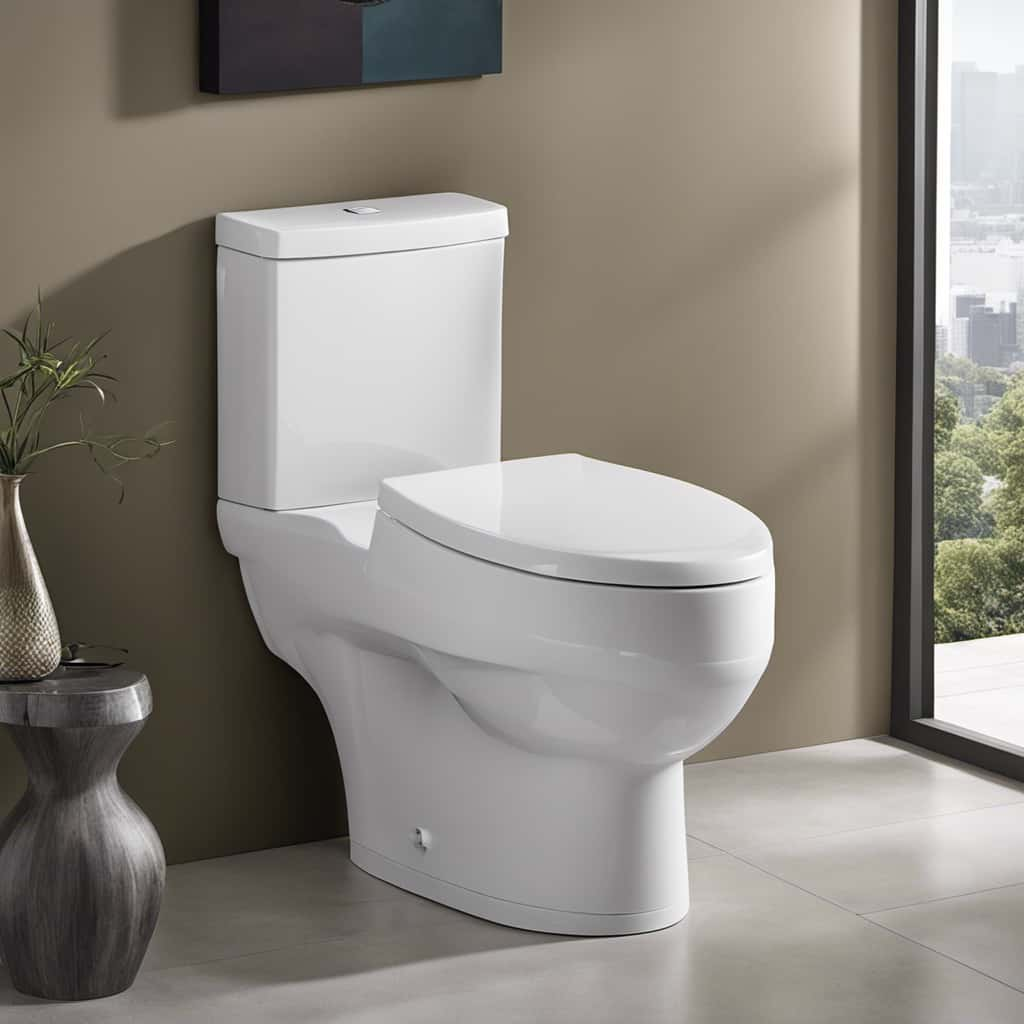
Are Bidets Expensive to Install and Maintain?
Bidets can be costly to install, but their maintenance is generally low. The cost depends on the type and features of the bidet. Proper cleaning and occasional part replacements are essential for its longevity.
Can Bidets Be Used by People With Disabilities or Mobility Issues?
Bidets provide a convenient solution for individuals with disabilities or mobility issues. The accessibility features make them suitable for the elderly as well. They offer a comfortable and hygienic option for personal hygiene.
Conclusion
In conclusion, the absence of bidets in American bathrooms can be attributed to a combination of cultural, historical, and accessibility factors.
However, it’s important to dispel misconceptions and myths surrounding bidets and recognize their potential benefits for hygiene and sustainability.
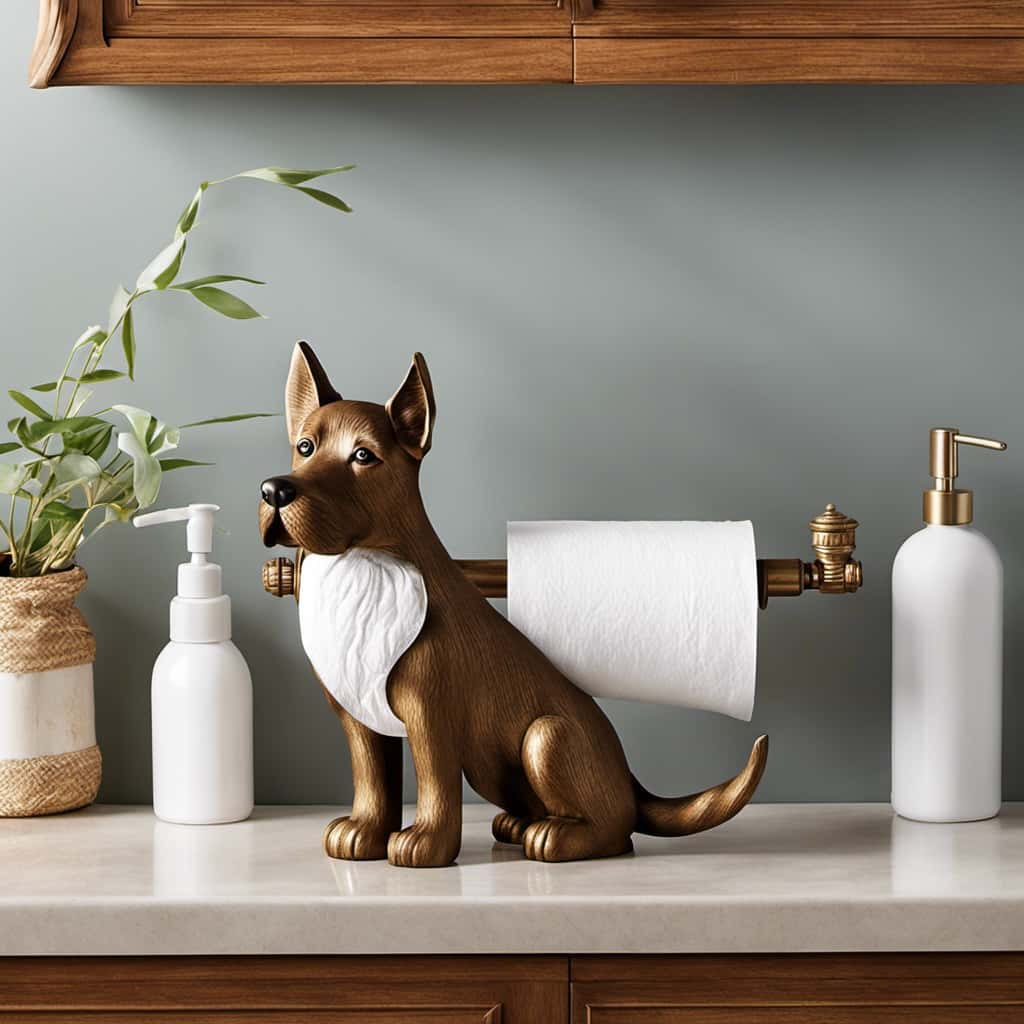
Like a gentle waterfall washing away impurities, bidets have the power to revolutionize our bathroom habits and leave us feeling refreshed and clean.
It’s time for Americans to embrace this simple yet transformative bathroom fixture.






